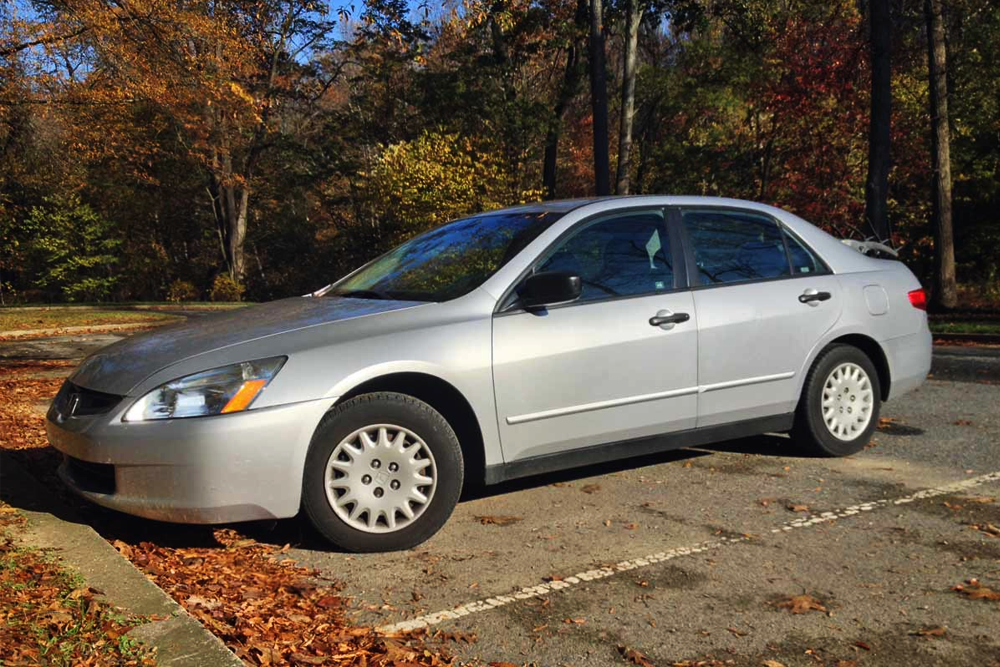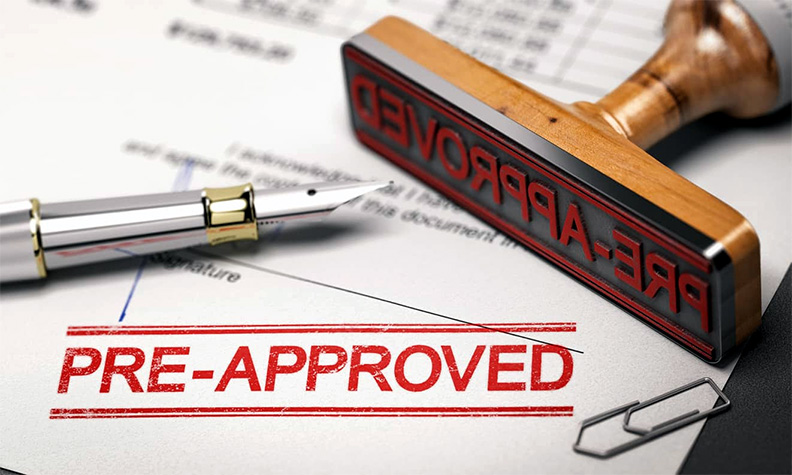
However, what is there for you to look at? In this post, we will discuss some of the ways that you can find the best loan terms.
What is the loan term?
A loan term can refer to many things. In most situations, the terms are how long the loan will last if you make the required minimum payments per month. Loan terms can also refer to functionalities of the loan that you agreed to when you signed the agreement. These features are sometimes known as terms and conditions.
Time as a loan term
This is how long the loan will last till it is completely paid off with regular payments. In simple words, it is the time it takes to eliminate the debt. Loans can be long term notes or short-term notes.
In some cases, the term is simple to identify. For instance, a thirty-year fixed-rate mortgage has a length of thirty years. Car loans have five to six years terms, even though other alternatives are available. Car loans are frequently quoted in months, such as 60-months loans. Nonetheless, loans can last for any length of time agreed by the borrower and lender.
When you get a loan (like a five-year car loan), your lender typically frames a needed monthly payment. That payment is derived so that you pay off the loan gradually over the loan’s term. Your last payment will cover exactly what you owe, at the end of the fifth year. The procedure of paying down debt this way is known as amortization. Let’s look at types of loan terms
Short-term loans
Generally, these loans are repaid within a year, making them suitable for businesses that require a cash infusion to assist with an immediate need. For instance, maybe you have a retail business and need to order holiday inventory. It is summer, and cash flow is a bit slow; however, you know your back-to-school and winter seasons will be strong. A short-term loan can assist you in building your inventory for those busier times to come.
Another advantage of short-term loans is that they can help you build your credit and qualify for larger, longer-term loans in the future. Like your first personal credit card, you initially got accepted for a small line of credit that gradually increased as you paid it off and demonstrated you were a good risk. In the same way, a short-term loan is a good way to build a relationship with a lender. Generally, short-term loans have higher approval rates since there is a greater chance they will be paid back. Based on your qualifications, they are less likely to have to be backed by collateral.
Medium-term loans
Intermediate or medium-term loans typically have a length of one to three years. They have often used expenses such as computer systems or other assets that will last just a few years, instead of long-term assets such as buildings. These items, such as commercial vehicles, machinery, and equipment, are known as capital expenses and are not every-day operating costs. Dollar amounts are often larger than short-term loans, and the approval process is even more stringent. Medium-term loans are virtually always secured by collateral and a personal guarantee.
Long-term loans
Long-term loans often mature in three to ten years, even though they can be negotiated for longer. These loans are usually supported by collateral, whether it is equipment, inventory, etc. As a rule, long-term loans are the toughest type to qualify for, and they might have more conditions attached. These are called restrictive covenants. For instance, if it is a business loan, these loans might require you not to borrow money from another lender during the duration of the loan.
As a general rule, specialists suggest tying the length of the loan into the projected life you intend to use the loan for. Bear in mind that long-term loans are often structured with balloon payments at the end, indicating you pay back the principal and interest at an agreed-upon rate every month for the first few years, and then repay the rest of the balance in one large payment at the end. A longer-term loan might help you save you enough money for that balloon payment, extending the amount of time until it is due.
Why does the length of the loan term matter?
The loan term matters in various ways, as it can impact your interest cost and a monthly payment that you are paying on your loan. This is determined so that you can pay off the loan gradually over the loan’s term. At the end of the allocated period, the last payment will then cover precisely what you owe. Because of this, you have to be aware of the loan term to ensure that you can afford your payments.
How does the length of the loan term affect APR?
The loan term can impact the APR on your loan as the shorter the loan term is, the more money you will be needed to pay per month. Thus, it is essential to look into the loan term length and calculate the APR to make certain that you are only paying back what you can at an affordable monthly repayment. Even though this can appear tedious, this will make sure that you are never overpaying, and you can pay back the loan comfortably without getting in any financial trouble.
The threat of balloon payments
If your repayment method is affordable over a short amount of time, you can run the risk of the balloon payment. This means that your last payment will be a big lump sum of the remainder of the loan. Even though this is not the case with all bad credit guarantor loans and short term loans, this is something you should know. If you are applying for a loan that can end this way, it will be discussed to you before signing. Thus, it is essential to go through the fine print as this will benefit you and ensure you will meet the monthly repayments.
The amount that you are borrowing
Lastly, the reason you should consider the length of the loan term is the amount that you are borrowing. The more money you borrow, the more you will have to pay back over a short time. Thus, a larger amount of money should be borrowed over a longer loan term; this will ensure that you can comfortably afford the monthly repayments and keep interest rates and other vital elements at an affordable cost. Bearing this in mind, make sure that your loan costs are affordable will assist you to remain financially stable while paying off the loan.
What is more important: length of loan term or rate?
Now we know it is essential to analyze all aspects of a loan product before making a final borrowing decision. Nonetheless, you might find yourself wondering: what is more critical to focus on-term length or interest rate.
As mentioned earlier length of loan term relates to amortization or the paying off loan debt depending on a particular repayment schedule. When it comes to interest, lenders charge interest on the money you borrow, and your rate determines how much additional you will require to pay in addition to your loan principal: the lesser your interest rate, the fewer funds you owe over your loan’s term length.
Borrowers tend to focus on interest rates, as no one needs to pay more money than necessary to obtain capital. Nonetheless, it is vital to understand how a shorter term length might conflict with your loan plans.
For instance, let’s assume you are the new owner of a quick-service restaurant franchise. You have the choice of borrowing a $400,000 loan with a ten-year term and a seven-percent interest rate or a $400,000 loan with a three-year term and two-percent interest rate. The two-percent loan has a monthly payment of approximately $6,8000 more, which can be counterintuitive. In this situation, the term is more essential, since you are likely not going to be able to pay back the loan in three years. You might get bankrupt trying to pay back such high monthly payments while also attempting to keep your business floating. Opting for a higher interest rate might be a smarter business decision.
As with all financial decisions, it is essential to think strategically. Whereas securing low-interest rates is usually preferable, remember that term length has much more.











